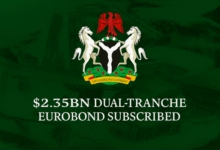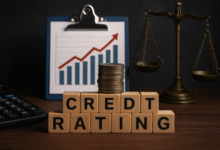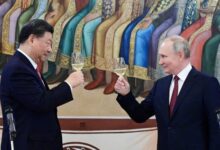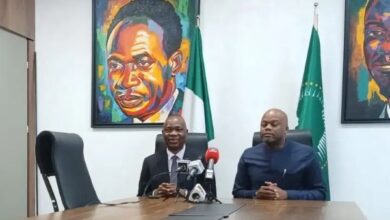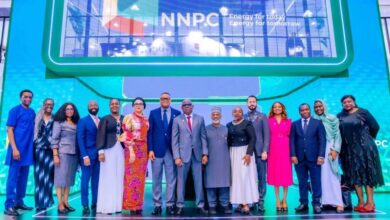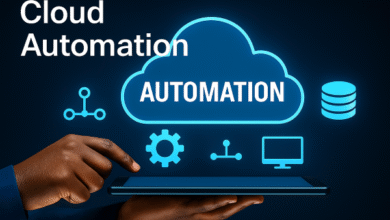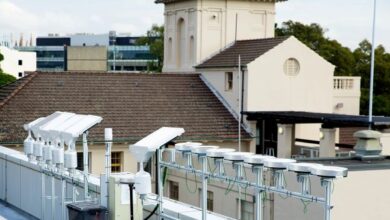Electricity: What FG’s N2 Trillion Debt Payment to GenCos means for Nigerians
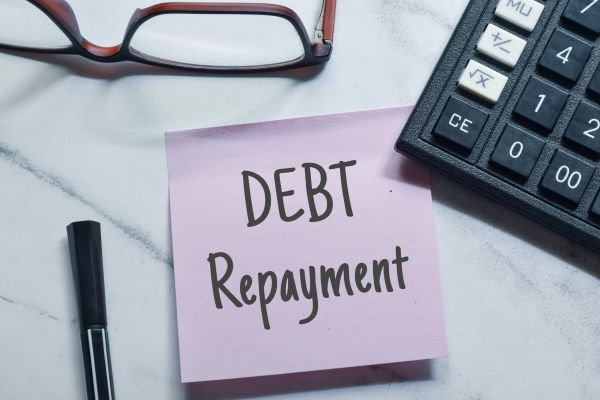
By BRANDECONOMY Business Desk
The Big Picture
The Nigerian Federal Government has announced plans to pay ₦2 trillion to power generation companies (GenCos) before December 2025. This is part of efforts to clear a crippling ₦4 trillion debt, a move expected to stabilize the electricity market, restore some confidence among energy investors, and ultimately improve power supply to Nigerians.
The announcement, made by Minister of Power Adebayo Adelabu during the 6th Ministerial Press Briefing in Abuja, follows sustained outcry by GenCos and stakeholders who say the debt threatens the survival of the power sector.
But beyond the headlines, this development has significant implications for Nigeria’s economy, energy policy, investor confidence, and most importantly—your electricity bill.
Why Does the FG Owe GenCos ₦4 Trillion?
According to Minister Adelabu, the debt accumulated over time from unpaid subsidies and operational shortfalls, with about half inherited from previous administrations and the rest arising from 2024 operations. In essence, the government has been subsidizing electricity for millions of Nigerians—especially high-consumption households—without fully reimbursing the power producers.
The debt has made it nearly impossible for GenCos to invest in new infrastructure or maintain existing plants, further exacerbating Nigeria’s electricity crisis.
How Will the ₦2 Trillion Be Paid?
Adelabu outlined a two-pronged strategy:
- Cash Payments backed by budgetary provisions
- Promissory Notes—guaranteed debt instruments that GenCos can trade or use as collateral to raise funds
This hybrid payment model, he said, is designed to inject liquidity into the sector while avoiding further fiscal strain.
🔌 Implications for the Power Sector
Here’s how this bailout could transform the electricity landscape:
✅ 1. Stabilisation of Power Supply
Clearing part of the GenCos’ debt will enable them to pay gas suppliers, maintain turbines, and ramp up electricity production.
✅ 2. Investor Confidence
A proactive government strategy to manage sector debt improves the risk profile of Nigeria’s power sector, potentially attracting new local and foreign investors.
✅ 3. Regulatory Crackdown on DisCos
Adelabu also warned that Distribution Companies (DisCos) who charge the premium Band A tariff without delivering the required 20 hours of power daily would face stiff penalties. Recently, eight DisCos were fined a total of ₦628 million for failing to meet this standard.
🔦 Lighting Up Nigeria’s Roads—With a Budget of ₦25 Billion
As part of a wider energy reform plan, the FG has earmarked ₦25 billion to light up major highways. While this initiative is framed as a national security measure, it also addresses longstanding public safety concerns on unlit roads and highways.
🧮 The Future of Subsidies: Who Benefits?
Minister Adelabu admitted that electricity subsidies—intended to ease consumer costs—often disproportionately benefit the wealthy, who consume more power. The FG is working on a graduated subsidy model where:
- Low-income users consuming below a certain threshold continue receiving subsidies
- High-consumption households will see tariff increases
This reform aims to ensure social equity while reducing the subsidy burden on government finances.
🔧 Meters, Mini-Grids & the Move to Renewables
The government’s ambition doesn’t stop at debt payments. A wave of structural reforms and renewable energy initiatives are being rolled out to modernize the grid and extend access to unserved areas.
📊 Metering Goals
- 1.1 million meters targeted by year-end
- 2 million meters annually over the next 5 years
- Backed by World Bank’s DISREP programme delivering 3.2 million smart meters
☀️ Clean Energy Projects
- EEP (Energising Education Programme): Powering 37 federal universities and 7 teaching hospitals
- DARES (Distributed Access through Renewable Energy Scale-up): $750 million initiative to electrify 17.5 million Nigerians
- 1.2GW Solar Plant with Oando Clean Energy, including solar panel recycling capabilities
🧠 The Takeaway: What Nigerians Should Watch
This wave of reforms signals a critical turning point in Nigeria’s electricity narrative. But will it be sustained? Here’s what to monitor:
- Actual disbursement of the ₦2 trillion and GenCos’ response
- Tariff adjustments and how the new subsidy model will affect consumers
- Meter rollout progress—especially in areas plagued by estimated billing
- Transparency in solar and off-grid project implementation
- DisCo performance and regulatory enforcement
📌 Bottom Line
The electricity sector is finally receiving the shock therapy it needs—on paper, at least. Whether this translates into more reliable power for businesses, homes, and industries depends on one thing: consistent execution. For now, Nigeria may be inching closer to breaking the vicious cycle of power failure, subsidy overload, and investor flight.
But the lights are not yet fully on.
Want more insights on Nigeria’s evolving energy economy?
Bookmark BRANDECONOMY’s Energy & Infrastructure hub for updates on investments, policies, and projects powering the nation’s future.


